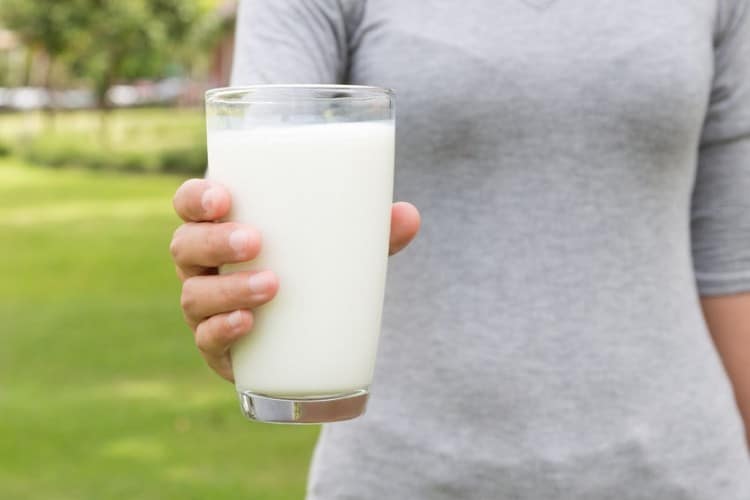
The term “food intolerance” is often used incorrectly in the nutritional field. From a scientific point of view, the only two recognized intolerances are: gluten intolerance, or celiac disease, and biochemical lactose intolerance, which we will focus on in this article.
What is the lactose intolerance?
Lactose intolerance is the difficulty in digesting lactose, the sugar found in milk and some of its derivatives. This condition occurs when the body does not produce enough lactase, the enzyme necessary to digest lactose. Without this enzyme, lactose cannot be properly “broken down” in the digestive system, causing gastrointestinal symptoms such as bloating, abdominal pain, gas, and diarrhea. Lactose intolerance can vary in severity from person to person and can be managed by reducing or avoiding dairy consumption or using lactase supplements.
Many people, despite testing negative on the breath test, have difficulty digesting milk and dairy products. The common reason behind these seemingly contradictory cases is an inflammatory condition.
Lactose intolerance or inflammation?
In clinical practice, it happens that the typical symptoms of lactose intolerance occur in individuals who are intolerant, even after consuming lactose-free products, which should not cause any issues.
On the other hand, many people, despite testing negative on the breath test (which is the diagnostic procedure used to identify, among other conditions, lactose intolerance), have difficulty digesting milk and dairy products.
The common reason behind these two seemingly unrelated cases is the inflammatory condition linked not to the specific intake of lactose, but to the proteins present in milk and its derivatives
Consider products like aged Parmesan or Emmental, which are naturally lactose-free, but rich in milk proteins that can cause exactly the same symptoms.
The immune contact with milk proteins also occurs in a masked way: for example, breakfast biscuits, snacks, and bars, as well as deli products and cold cuts, contain milk, even in small amounts. Additionally, at the immune level, beef proteins are recognized similarly to milk proteins. For this reason, the consumption of bresaola, roast beef, and veal could also lead to an amplification of the inflammatory signal.
Be also cautious with food gelatin (also labeled as E441), which is of bovine origin, and is present in many candies, chewing gums, as well as puddings and ice creams.
If the breath test is positive
In the case of a positive breath test, it is properly referred to as lactose intolerance, and it is necessary to limit or eliminate products containing this sugar on an individual basis.
It is important to remember that the reaction to lactose is “dose-dependent,” meaning it only occurs after surpassing a certain level of intake. For example, the lactose present as an excipient in a tablet is not likely to trigger significant intestinal symptoms. If the consumption of a teaspoon of yogurt (in which much of the lactose has already been naturally transformed) triggers symptoms, it is more useful to think of an inflammation caused by milk proteins rather than a reaction to lactose.
Turn off inflammation from milk and dairy products.
In the case of a negative breath test but with symptoms similar to lactose intolerance, measuring inflammation levels through the Recaller Medical Program is the first step towards a solution. The medical report attached to the results of the Medical Program will allow for the creation of a rotation diet, which does not completely eliminate milk and its derivatives but involves their consumption a few days a week.
By adopting a diet that meets individual needs, it is possible to improve or eliminate symptoms associated with food-related inflammation and regain peace of mind and well-being.
Edited by The Scientific Editorial Team GEK Lab





